In pictures: Narendra Modi's early life
- Published
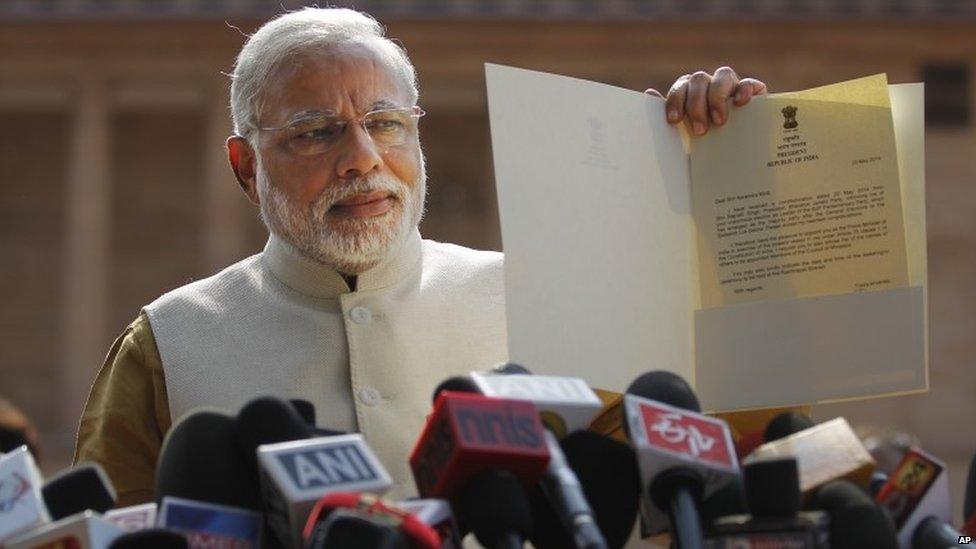
Narendra Modi, who led his Bharatiya Janata Party to a landslide victory in India's general election, is being sworn in as prime minister.
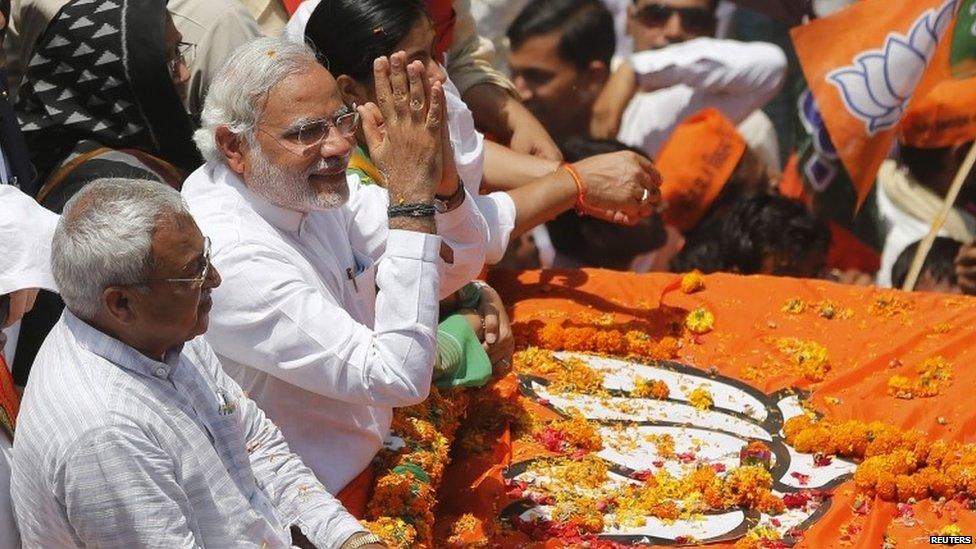
Mr Modi is credited with running a brilliant campaign, winning 282 seats in the 543-member parliament. He himself stood in two constituencies - Vadodara in his home state Gujarat and the holy city of Varanasi in Uttar Pradesh - and romped home in both.
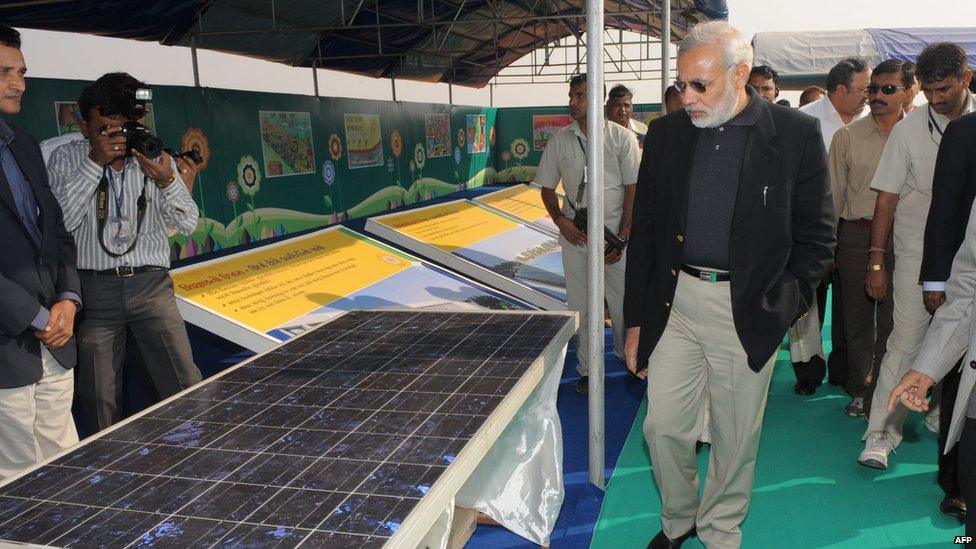
Mr Modi, who was Gujarat chief minister for over a decade, is regarded as a dynamic and efficient politician who helped to make his state an economic powerhouse.
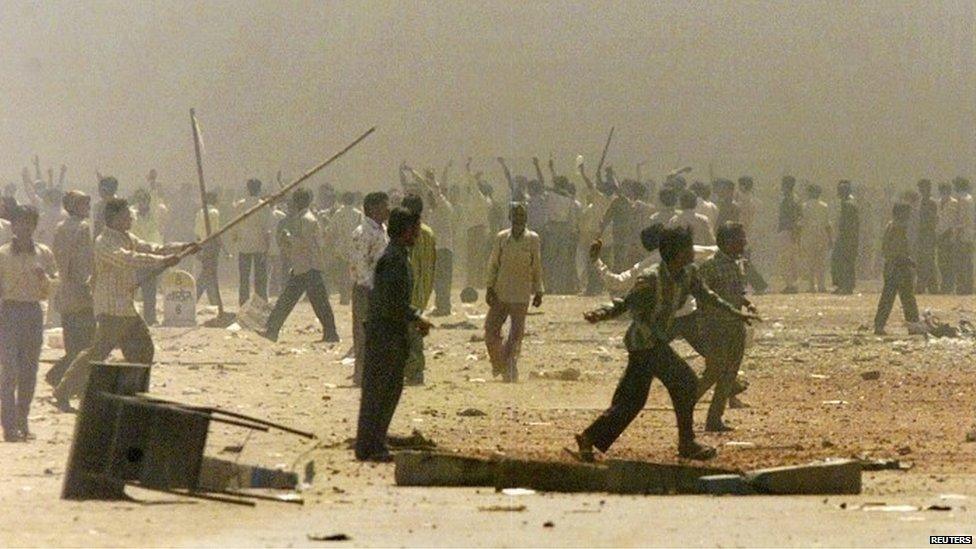
But under his watch, more than 1,000 people, mostly Muslims, were killed in religious violence in 2002 when Hindu rioters took to the streets of Gujarat to avenge the deaths of 59 Hindu pilgrims in a train fire, allegedly started by Muslims. Critics say Mr Modi did little to stop the violence, an allegation he has always denied.
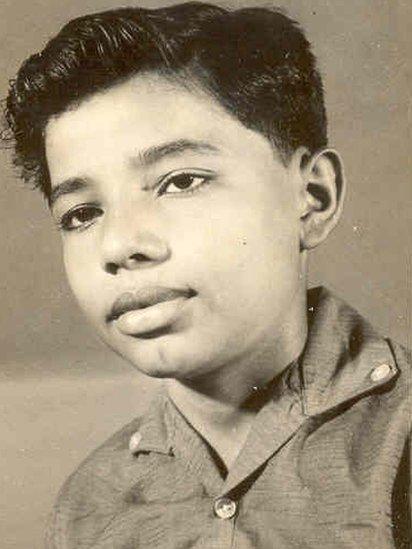
Narendra Modi was born on 17 September 1950 in the town of Vadnagar in Gujarat's Mehsana district. He claims that as a young boy, he helped his father sell tea at Vadnagar railway station. (Photo courtesy: Manish Bardia)
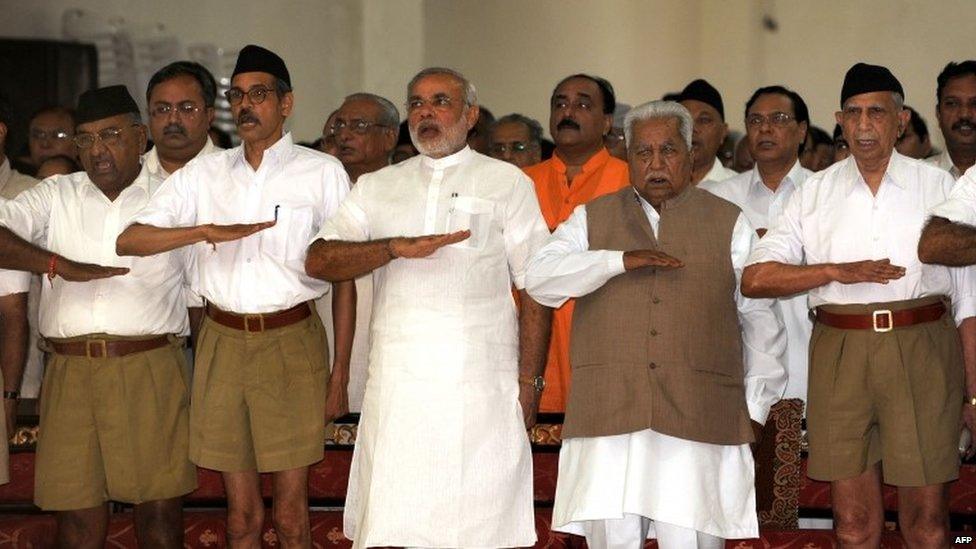
Mr Modi enjoys strong support among senior leaders in the right-wing Hindu organisation Rashtriya Swayamsevak Sangh (RSS), which is the ideological fountainhead to a host of hardline Hindu organisations, including the BJP. This photo shows him attending an RSS gathering in 2009 in Gujarat.
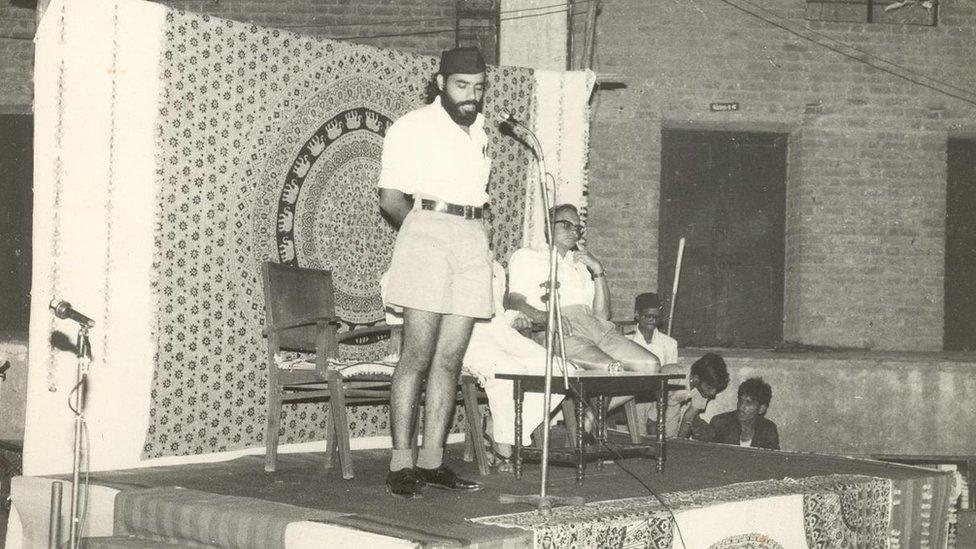
Mr Modi worked for many years with the RSS as a "pracharak", or propagandist, and some say that this training made him into the firebrand orator he is today. (Photo courtesy: Manish Bardia)
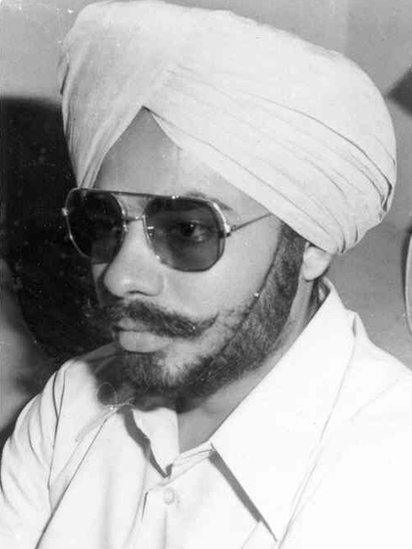
When then prime minister Indira Gandhi declared a state of emergency in India in the 1970s, the RSS was banned and several of its leaders and activists were jailed. Mr Modi disguised himself as a Sikh to escape the authorities. (Photo courtesy: Manish Bardia)